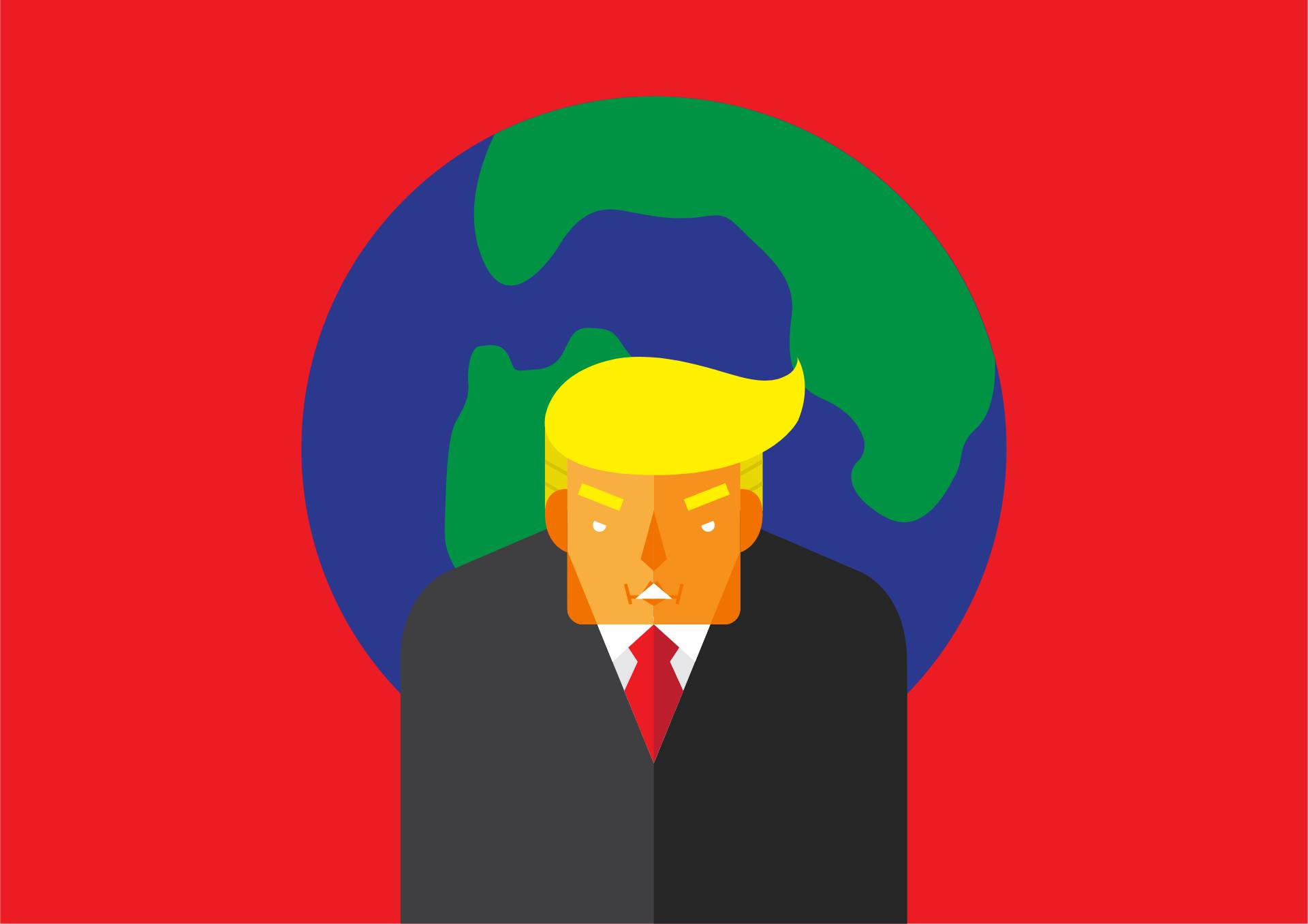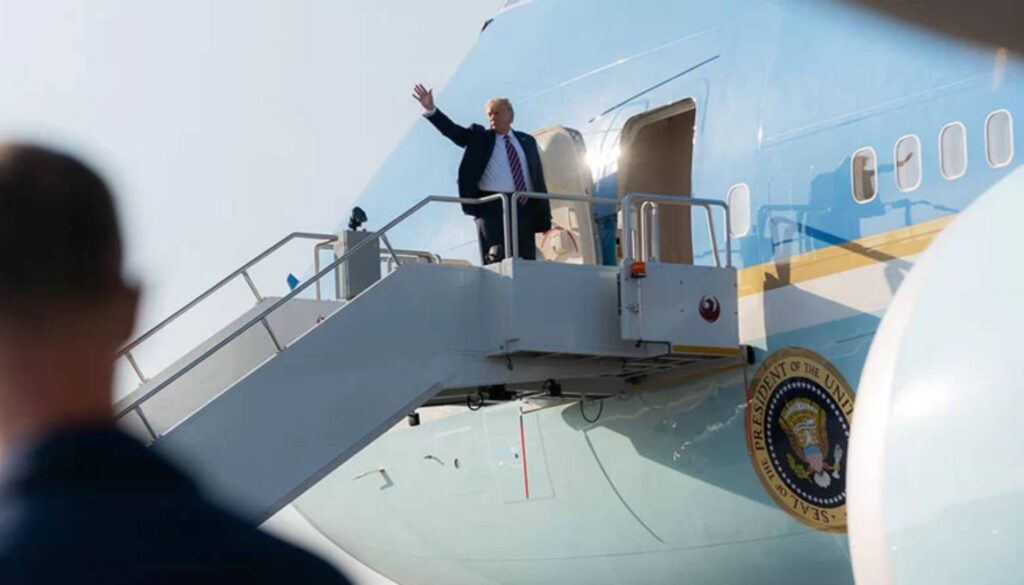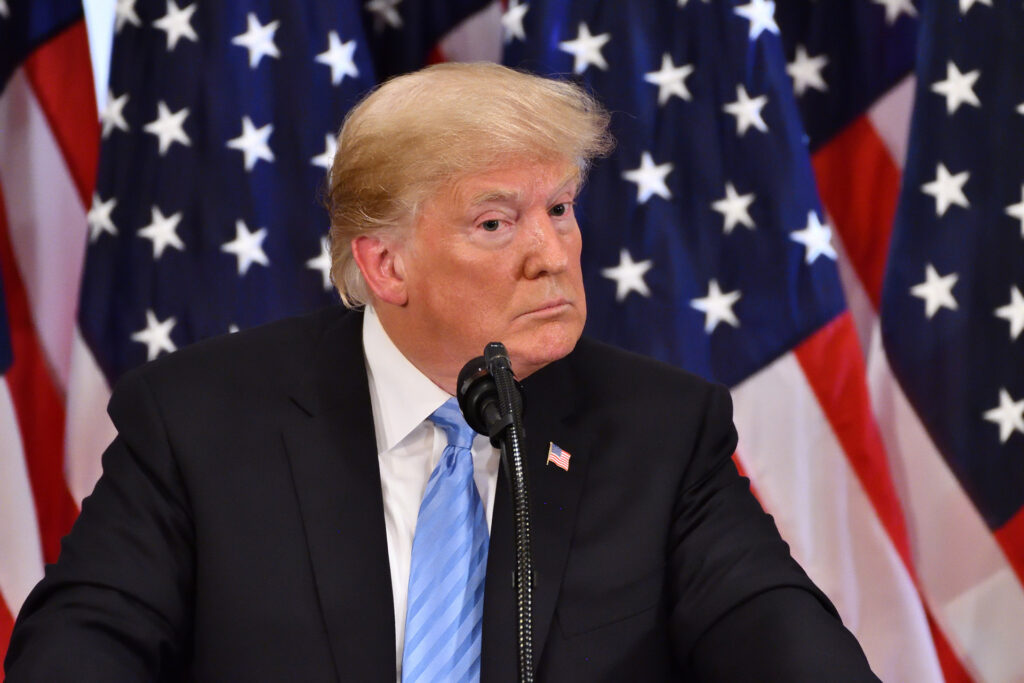It’s possible that he’ll be in prison.
Or perhaps, because of poll numbers that fall as trial dates approach, the Republican Party won’t end up nominating the current frontrunner as their presidential candidate in 2024.
And, of course, in the general election, despite its lukewarm attitude toward Joe Biden, the American electorate could still unite in the face of the political equivalent of an asteroid strike to reject the greatest-ever threat to American democracy.
But sometimes you just have to face your nightmares. What would Donald J. Trump do to the world if he once again enters the White House in 2025?
Enter the Joker
The world of geopolitics is relatively predictable — until it isn’t. The greatest sources of unpredictability are the wild cards: Vladimir Putin’s decision last year to invade Ukraine, the subsequent victory of political outsider Gustavo Petro in the Colombian presidential elections, the surprise announcement this year of a diplomatic rapprochement between Saudi Arabia and Iran.
Donald Trump is the ultimate wild card, a joker-in-chief whose every pronouncement threatens to disrupt the status quo. When he became president in 2016, he certainly made some predictable decisions — canceling US participation in the Paris Climate Agreement, withdrawing from the Trans-Pacific Partnership free trade agreement — which fulfilled campaign promises.
But who could have guessed that he would sit down with North Korean leader Kim Jong Un not just once (Singapore), not just twice (Vietnam), but three times (at the DMZ)? I don’t remember any pundits predicting that Trump would commit an impeachable offense by delaying aid to Ukraine in exchange for dirt on Joe Biden and his son, Hunter. And what about Trump’s attempt to buy Greenland, his disparagement of “shithole countries,” his sudden decision to withdraw US troops from Syria and greenlight Turkey’s invasion of that country?
Unpredictability is not always a bad thing. Meeting with the North Korean leader could have been a shrewd move if Trump actually understood a thing or two about Kim Jong Un and his country. But there was no method in Trump’s erratic behavior. He was not a crafty “mad man” trying to emulate Richard Nixon. He was just going with his (fast-food-filled) gut.
So, the first thing to know about the prospect of another Trump term, when it comes to foreign policy, is that all bets are off (along with all gloves).
Battling the State
Trump and his MAGA followers have an almost pathological disgust for government. His future plan to fire huge numbers of federal employees, based on an executive order he pushed through in the waning days of 2020, targets about 50,000 civil servants who have the most impact on federal policy: the so-called “deep state.”
But Trump and company don’t simply want to “deconstruct the administrative state,” as Trump whisperer Steve Bannon famously said. They want to remake the state to concentrate political and economic power in the hands of themselves and their wealthy friends. That requires removing the checks on executive power that are embedded in the federal bureaucracy.
Basically, Trump wants to transform a system that already tilts dangerously in the direction of oligopoly into a full-blown patronage state along the lines of what Viktor Orbán has done in Hungary and Vladimir Putin has accomplished in Russia.
The same can be said for his attitude toward the institutions of the international community. In 2025, Trump will again try to wreck as many global deals and bodies as possible, from the Paris Agreement on climate change to the UN Human Rights Council. He’ll do his best to undermine NATO, even withdrawing from the security pact, according to his former national security advisor John Bolton, himself no friend to internationalism.
Trump despises everything global beyond his own business empire. He’s not against free trade per se, and he is certainly not thinking of improving the lives of US workers. But he fancies himself a great dealmaker who can force the Europeans, the Chinese and everyone else to negotiate more favorable terms for US businesses. For Trump, this must be in a bilateral context, mano a mano. That’s why he opposes multilateral trade deals, even if they would ultimately advantage the United States.
If he wins, Trump has promised to create a tariff wall around the United States at a rate of 10% for all countries. Right now, some countries face practically no tariffs while a country like China has to deal with an average rate of 19%. Trump’s proposal, which has the odor of something composed on the back of a cocktail napkin, is designed not so much to protect American interests as to reward nations (with tariff reductions) that kowtow to Trump and stimulate a global trade war among everyone else.
This stance might eventually cost Trump the election, because Wall Street doesn’t trust him to make good deals. Indeed, The Wall Street Journal upbraided Trump for his scattershot protectionism. Sure, such populist moves might win him some votes in battleground states — though progressives and conservatives alike argue that those policies actually lost jobs in the Rust Belt — but it will probably send a lot of high-level donors to the Democrats. Alas, in the United States, money doesn’t just talk, it votes.
War and (Not So Much) Peace
Trump is positioning himself as the peace candidate. Like everything else about the man, it’s a sham.
Trump has claimed that he could end the war in Ukraine in 24 hours by using threats to goad both sides to the negotiating table. The plan, specifically, would be to threaten Ukraine with a cut-off in aid and simultaneously threaten Russia with a sharp increase in aid to its adversary. Trump makes no mention of the other countries that supply Ukraine with substantial military assistance or the current difficulty of pushing additional Ukraine aid packages through Congress.
The plan consists of a double-bluff — and is, itself, a bluff. Having shown his hand, however, Trump would find it rather difficult to execute his plan.
Elsewhere, Trump is likely to escalate, not de-escalate. Having wrecked the Iran nuclear deal, Trump will likely pick up where he left off. During his time in office, Trump risked war with Iran on two occasions, ordering the assassination of a top military leader and contemplating missile strikes in his last days in office. Because the ayatollahs will never contemplate a Trump Tower Tehran, thus rebuffing the most transactional and self-serving president in US history, the Donald will no doubt turn up the volume of his attacks on the country.
There are other possibilities for war under Trump. After all, he’s irascible, quick to anger, and trigger-happy. During his presidency, he threatened North Korea, Venezuela and Syria.
But honestly, the most terrifying war that Trump is planning is his attacks on America: on the Constitution, on democracy, on the state. The only reason that Trump in a second term might not end up waging war on another country is because he’ll be too focused on destroying his own.
The world awaits the judgment of the American voters. Democracy is all about learning from collective mistakes. If America makes the same mistake again, it will have committed democratic hara-kiri.
[Foreign Policy in Focus first published this piece.]
The views expressed in this article are the author’s own and do not necessarily reflect Fair Observer’s editorial policy.
Support Fair Observer
We rely on your support for our independence, diversity and quality.
For more than 10 years, Fair Observer has been free, fair and independent. No billionaire owns us, no advertisers control us. We are a reader-supported nonprofit. Unlike many other publications, we keep our content free for readers regardless of where they live or whether they can afford to pay. We have no paywalls and no ads.
In the post-truth era of fake news, echo chambers and filter bubbles, we publish a plurality of perspectives from around the world. Anyone can publish with us, but everyone goes through a rigorous editorial process. So, you get fact-checked, well-reasoned content instead of noise.
We publish 2,500+ voices from 90+ countries. We also conduct education and training programs
on subjects ranging from digital media and journalism to writing and critical thinking. This
doesn’t come cheap. Servers, editors, trainers and web developers cost
money.
Please consider supporting us on a regular basis as a recurring donor or a
sustaining member.
Will you support FO’s journalism?
We rely on your support for our independence, diversity and quality.










Comment